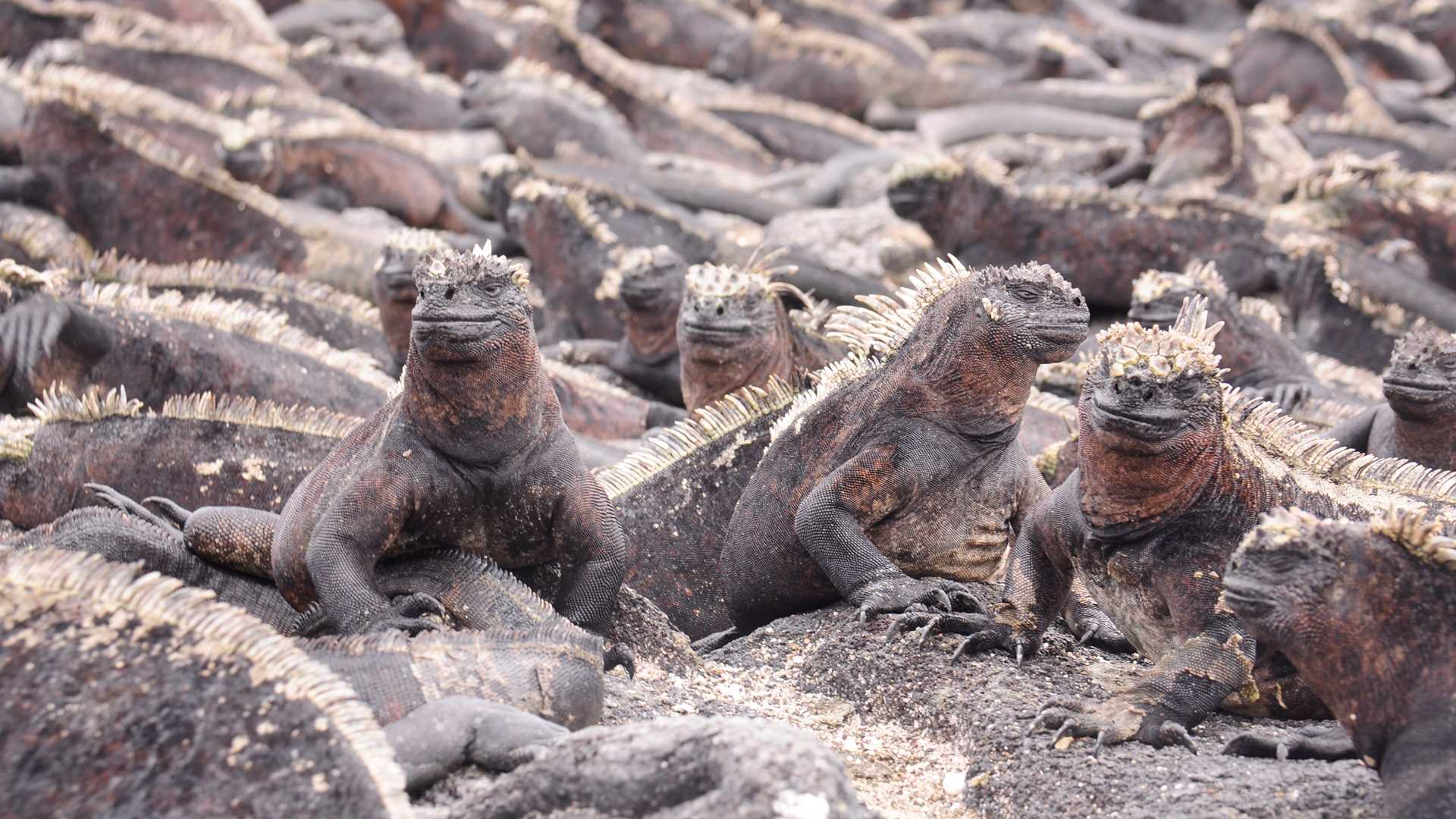This morning, we went exploring on Fernandina Island, the youngest island in the archipelago and one of the most active islands in the Galapagos. The morning was spectacular! We enjoyed walking alongside big herds of Galapagos marine iguanas, flightless cormorants, playful sea lions, Fernandina’s endemic snake, and much more! After a delicious lunch and some time to rest, we went exploring again. This time we explored the coastline of Punta Vicente Roca on Isabela Island. Our first Galapagos penguin posed for pictures, and sea turtles popped their heads up to breathe several times. Blue-footed boobies and brown noddies were also part of the show. We finished our day by crossing the equator with a fun winetasting organized by our expedition leader and crewmembers.
6/13/2025
Read
National Geographic Endeavour II
Genovesa Island
We started the day with excitement as we landed on the beautiful, pristine coast of Isla Genovesa - a true birder’s dream. Along the sandy beaches and steep cliffs of Darwin Bay, we were surrounded by an incredible array of birdlife. Frigatebirds soared closely overhead with their red pouches on full display, while Nazca and blue-footed boobies nested along the rocky ledges. Swallow-tailed gulls called out as we walked past. In the distance, we saw the stoic and elusive short-eared owl. The island was alive with color, sound, and constant movement. Between our excursions to Isla Genovesa, we snorkeled near Prince Philip’s Steps and discovered a vibrant world beneath the waves. Schools of fish swirled around us, a fur seal turned in the water as if dancing on cue, and sea lions relaxed nearby. As our last snorkeling adventure came to a close, we spotted a sea turtle resting calmly in a crevice. As the sun retreated into the sky on our last return to National Geographic Endeavor II, we reflected on the sheer magnitude of what we witnessed on our last full day. Isla Genovesa, like the other islands, gave us a connection to a sacred world. The harmony between land, sea, and sky reminded us how deeply interconnected, vital, and fragile these ecosystems are. Watching birds tend to their nests and marine life swim effortlessly, we were struck by how little space there is between wonder and reverence. We recognized that our journey wasn’t just about observing unique wildlife, it was about feeling part of something grander and beautifully ancient.







